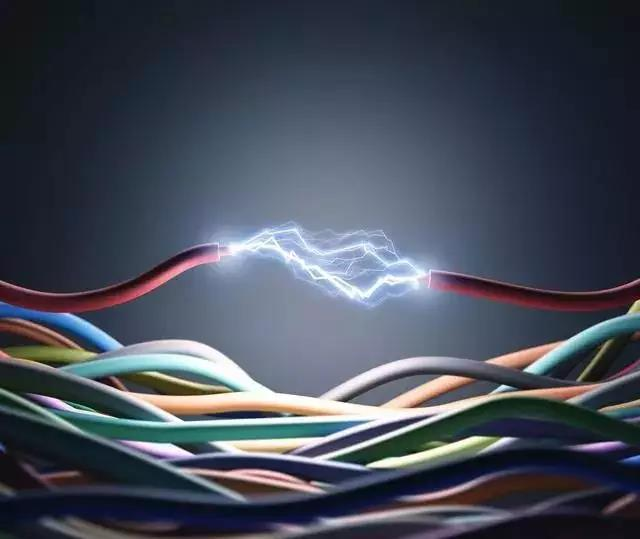Introduction
Importance of voltage levels in the efficient operation of a power transmission and distribution system The importance of voltage is unable to be overstated, as voltage stability management involves maintaining a steady flow of electricity. The following guide will be a walk through of the different levels voltage used in the power system starting from generation to end-use point.
Basic Principles of Voltage
Voltage — The electrical potential difference, measured in volts (V), which pushing current through a conductor. Voltage is one of three basic electrical quantities, the other two being current (amperes, A) and voltage (watts, W). The link between these can be expressed with the equation: Power (P) = Voltage (V) * Current (I) This relationship forms the basis for electrical management.
Types of Voltage in Power Systems
Nominal Voltage is the reference voltage placed for the purpose of calculations and design (for electrical systems). A nominal voltage is therefore a value applied to indicate the mains power value where the actual voltage may differ from the stated valve. The voltage levels are standard per country/per system type but have a hierarchical logic for efficient power transfer/use.
Transmission Voltage Levels
It is done using the high voltage transmission to cut down on the power losses over long distances. The transmission at higher voltages but the same power can transfer less current compared to lower level which helps to reduce energy losses on lines due to Joule heat. 115 kV, 230 kV, and 400 kV are common transmission voltage levels (may vary by region and power grid needs).
Distribution Voltage Levels
The high-voltage power needs to be stepped down to levels for distribution to homes and businesses once it reaches its destination. This is performed at substations using transformers. The primary distribution consists of voltages from 11 kV to 33 kV whereas the secondary distribution is near the utilization voltage i.e.,415 V/240 V.
Utilization Voltage Levels
Voltage is then reduced to levels appropriate for use cases at the point of use. These voltage requirements differ for industrial, commercial, and residential end users. For example, residential areas read at 120/240V in the US part of the world, and 230V in Europe. There are safety standards available that specify usage voltages and ensure that such voltages are not hazardous to users.
Voltage Management and Regulation
Voltage levels must remain within regulated limits to ensure electrical equipment function, and grid health and stability. Voltage regulation, which is the process of regulating voltage to ensure that it stays within reasonable limits. It can be done by local devices as tap changers in transformers and static VAR compensator.
Voltage Drop and Line Losses
In any transmission or distribution line, the voltage reduces as it travels in the line due to resistive components and this is known as voltage drop. This is affected by the resistance of the line, the amount of current passing through, as well as the length of the line. Voltage drop and line losses directly impact efficiency and as such should be minimized by careful choice of conductors and line routing.
Voltage management trends for the future
Management of voltage is becoming an evolving process governed by the ownership of smart grid technologies. It means that this high-tech dynamic adaptive can control the voltage levels, stability, and reliability of the grid. Moreover, high penetration of renewable energies needs advanced voltage regulation to deal with their intermittency. In addition, HVDC (high-voltage direct current ) transmission is coming out with great interest for long-distance and high-capacity power transfer with less amount of loss.
Conclusion
Knowledge of power transmission and distribution of different voltage levels is vital for the converts to ensure the reliability and efficiency of components of electrical systems. Every voltage level serves an important function, from high-voltage transmission down to the usage voltage in buildings and homes respectively. Voltage Management is a challenge comprising regulation, control and loss reduction. With the adaptation of many new smart grid technologies and expansion of renewable energy, voltage is one of the many important aspects of the grid that will always be critical. This guide aims to establish this foundation as a steppingstone to inspire even greater levels of study and appreciation of the principles integrity within our power systems.




